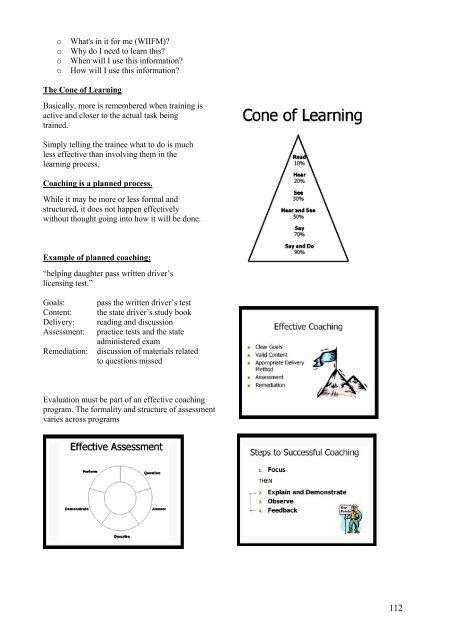How to Perform On-the-job Training - Dean Amory
According to The Encyclopedia of Business, ©2000 Gale Cengage, On-the-job training is by far the predominant form of job training. Studies also indicate that it is the most effective form of job training. Yet, it also represents a significant investment considering that roughly 30% of a new worker's time is spent in on-the-job training during the first 90 days of employment, that productivity of experienced workers assigned to train new workers may decrease during the training period, and that new workers may make expensive mistakes. Both companies and workers therefore profit largely from the presence of simple, but complete trainee and trainer guides that allow for executing OJT in a structured way. “How to perform on-the-job training”, has the information, techniques and tips that will allow you to implement a professional OJT training program. The book also includes all the tools, documents and checklists necessary for setting up a qualitative and efficient skills training program for OJT coaches
According to The Encyclopedia of Business, ©2000 Gale Cengage, On-the-job training is by far the predominant form of job training. Studies also indicate that it is the most effective form of job training. Yet, it also represents a significant investment considering that roughly 30% of a new worker's time is spent in on-the-job training during the first 90 days of employment, that productivity of experienced workers assigned to train new workers may decrease during the training period, and that new workers may make expensive mistakes.
Both companies and workers therefore profit largely from the presence of simple, but complete trainee and trainer guides that allow for executing OJT in a structured way.
“How to perform on-the-job training”, has the information, techniques and tips that will allow you to implement a professional OJT training program. The book also includes all the tools, documents and checklists necessary for setting up a qualitative and efficient skills training program for OJT coaches
Create successful ePaper yourself
Turn your PDF publications into a flip-book with our unique Google optimized e-Paper software.
o What's in it for me (WIIFM)?<br />
o Why do I need <strong>to</strong> learn this?<br />
o When will I use this information?<br />
o <strong>How</strong> will I use this information?<br />
The Cone of Learning<br />
Basically, more is remembered when training is<br />
active and closer <strong>to</strong> <strong>the</strong> actual task being<br />
trained.<br />
Simply telling <strong>the</strong> trainee what <strong>to</strong> do is much<br />
less effective than involving <strong>the</strong>m in <strong>the</strong><br />
learning process.<br />
Coaching is a planned process.<br />
While it may be more or less formal and<br />
structured, it does not happen effectively<br />
without thought going in<strong>to</strong> how it will be done.<br />
Example of planned coaching:<br />
“helping daughter pass written driver’s<br />
licensing test.”<br />
Goals: pass <strong>the</strong> written driver’s test<br />
Content: <strong>the</strong> state driver’s study book<br />
Delivery: reading and discussion<br />
Assessment: practice tests and <strong>the</strong> state<br />
administered exam<br />
Remediation: discussion of materials related<br />
<strong>to</strong> questions missed<br />
Evaluation must be part of an effective coaching<br />
program. The formality and structure of assessment<br />
varies across programs<br />
112


















